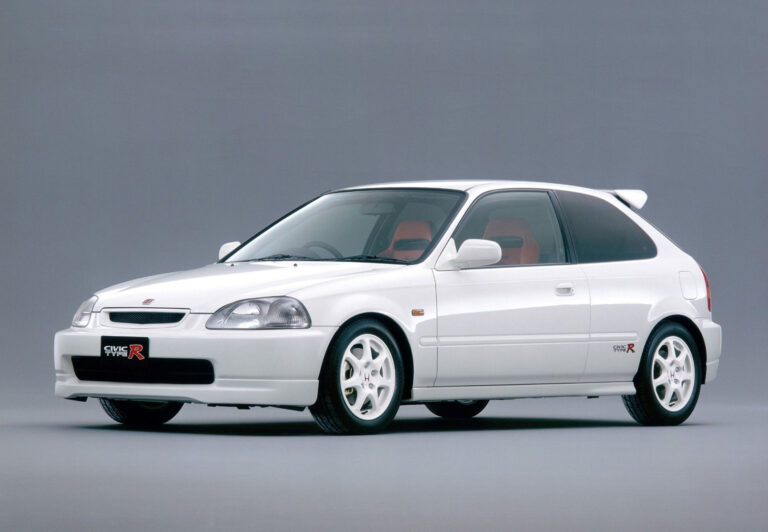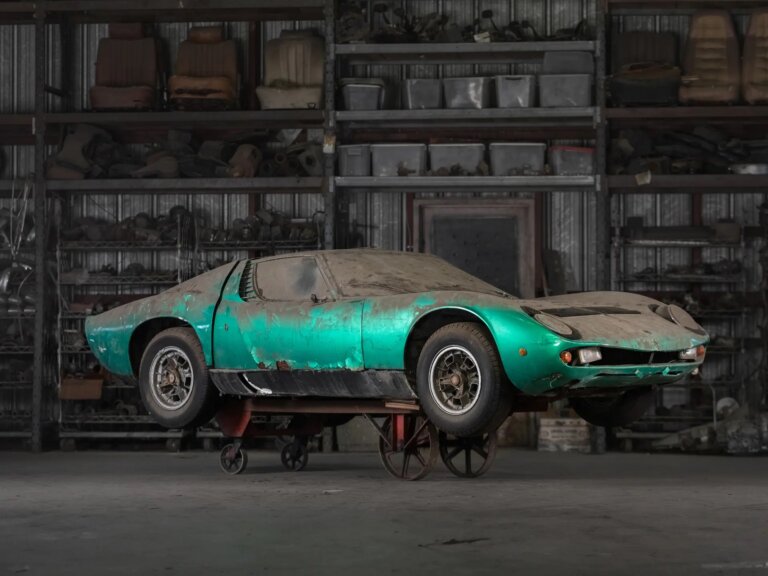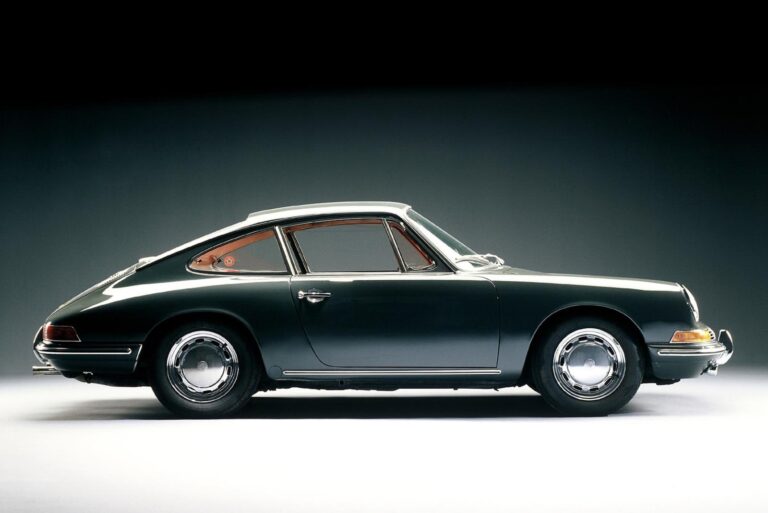
The Land Rover Defender, an icon in the world of off-road vehicles, has a rich history dating back to its origins in 1990. Born out of a need for a rugged and versatile off-road vehicle, the Defender quickly became a symbol of durability and capability. In this article, we’ll delve into the origins of the Land Rover Defender, exploring when and why it was created, as well as taking a closer look at its engine specifications and key features.

Source: Bring-A-Trailer
In the late 1980s, Land Rover recognized the need for a successor to the original Land Rover series, which had been in production for several decades. The changing automotive landscape and evolving consumer preferences prompted Land Rover to reevaluate and redesign their off-road offerings. The result was the introduction of the Land Rover Defender in 1990, marking a new era for the renowned British automaker.
The Defender was conceived as a response to the shifting demands of both civilian and military markets. Land Rover aimed to build a vehicle that retained the robust off-road capabilities of its predecessors while incorporating modern design elements and improved performance. The development of the Defender was grounded in the philosophy of versatility, ensuring that it could effortlessly navigate diverse terrains while providing comfort and practicality for everyday use.
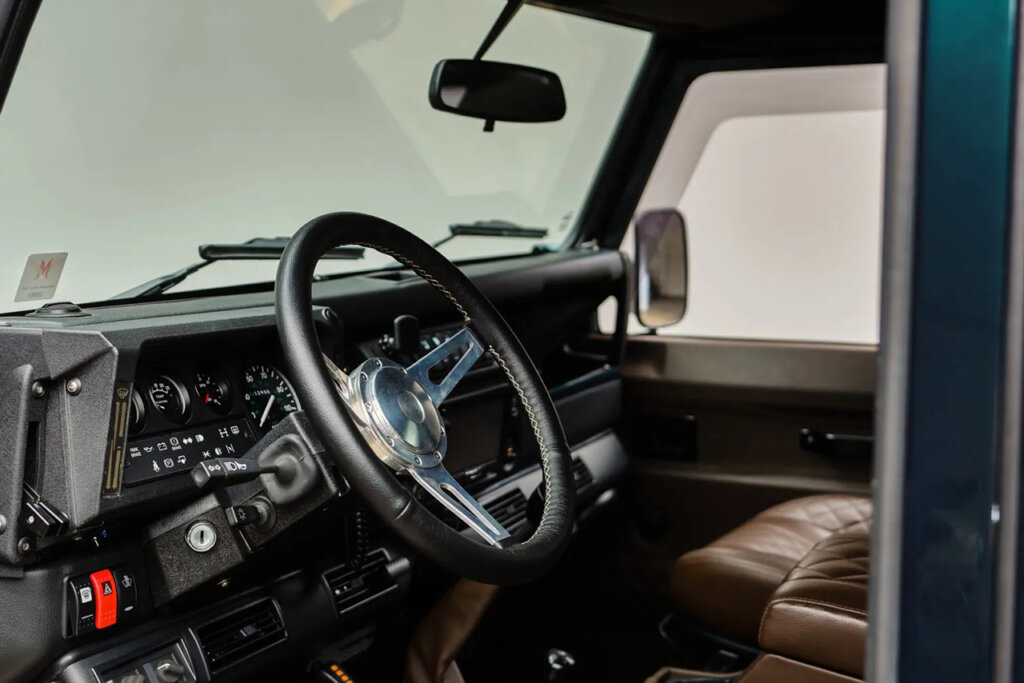
Source: Bring-A-Trailer
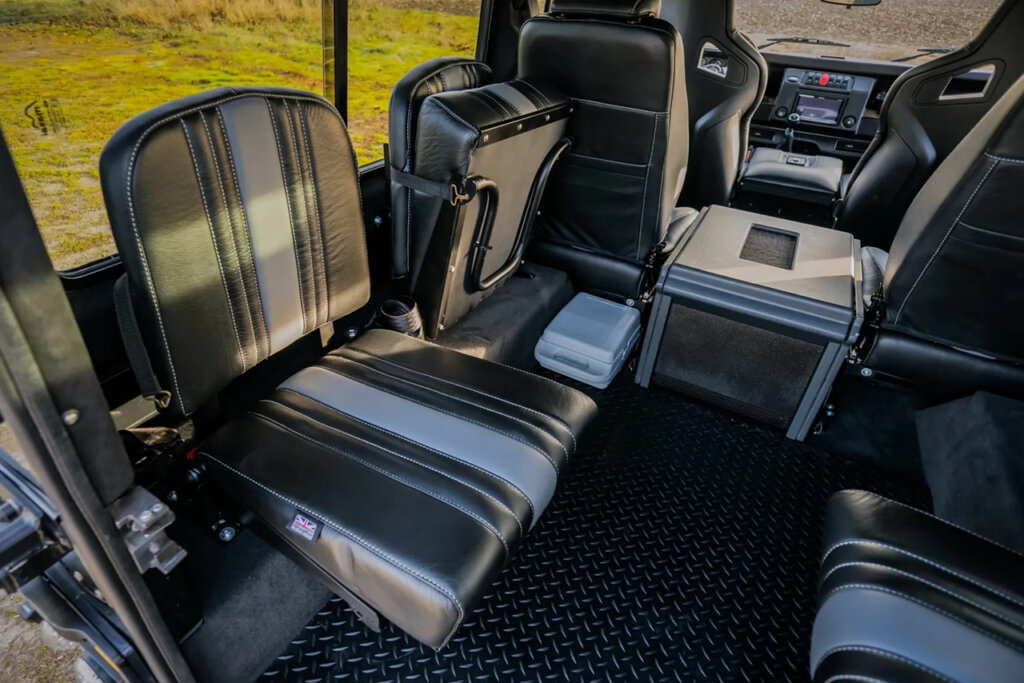
One of the distinctive features of the Land Rover Defender (1990) is its timeless design. Drawing inspiration from the original Land Rover Series, the Defender maintained the boxy and utilitarian silhouette that had become synonymous with the brand. The exterior was characterized by flat panels, a prominent front grille, and the signature Alpine windows on the roof. Despite the nod to tradition, the Defender also embraced modern design elements. The headlights were more streamlined, and the interior received a significant upgrade in terms of comfort and convenience.

Under the hood, the Land Rover Defender boasted a range of engine options, each contributing to its renowned off-road performance. One of the notable powerplants was the 2.5-liter turbodiesel engine, known for its torque-rich delivery and fuel efficiency. This engine choice underscored Land Rover’s commitment to providing a vehicle that could handle demanding terrains without compromising on fuel economy.
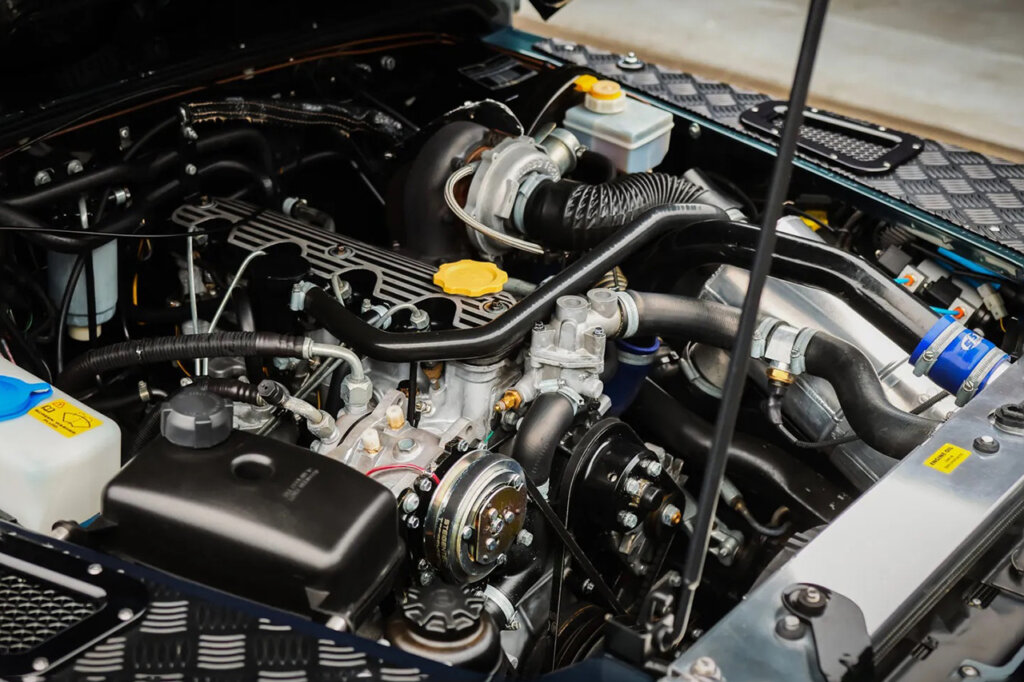
Source: Bring-A-Trailer

